If you’re lucky enough to have a house with another free-standing structure nearby—say, a garage, guesthouse, or home office—that’s great in terms of carving out separate space for various needs, but not so great if you hate getting rained on as you run from one place to the other. The solution may be simply to build a breezeway between the two.
A breezeway is an outdoor hallway of sorts, connecting larger structures while still remaining fairly open on each side. This allows a breeze to pass through, while still keeping you protected from the elements as you walk from one place to the other.
Breezeways offer a nicely ventilated outdoor space where you can gather with friends, combining beauty and function that dovetails neatly with the pandemic-tinged lives we’re currently living. And this type of perk is trending in home design.
“Breezeways allow you to congregate in the fresh air but with some protection from the elements,” says Kobi Karp, principal at the eponymous architecture and interior design firm. “So I think many future designs will implement open-air, covered spaces for just this reason.”
Here’s more about this nifty home addition, including the types you might consider and the ways this element just might make your life a bit easier.
What is a breezeway?
Photo by Smith & Vansant Architects PC
“A breezeway is a connective corridor that could be mostly outdoors, indoors, or a hybrid of the two,” explains Melanie Turner, director of residential life at the architectural firm Perkins & Will.
This property feature adds “an extravagant feel as well as a secure space for outdoor entertaining or just relaxing, plus it enhances the traffic flow of your home,” says Karp.
Breezeway styles
Photo by Remick Associates Architects + Master Builders
There are three main types of home breezeways:
- Contained: This is the most commonly seen version, which is wide open on each long side and sports the same roofline or roof design as the house and garage that sit on either end.
- Offset: This breezeway fills a gap between two buildings that are parallel but can’t be joined with a straight structure. This angled option “feels less contained and more expansive due to its positioning,” says Karp.
- Funneled: Shaped like—you guessed it—a funnel, this breezeway is wider at one end and narrow at the other, and can also connect two structures that sit at an angle.
Breezeways as transition points
Photo by Elliott + Elliott Architecture
Stepping outside the main house and moving to a separate space, even if you’re just heading to the garage to flip the laundry, is a change of both scene and mindset.
And with so many people still working from home—or possibly never returning to the office the way they used to—a breezeway can “serve as a point of release before transitioning back to the main living space, signaling that work is done for the day,” says Turner.
How much does a breezeway cost to build?
Photo by Butler Armsden Architects
Breezeways usually start at $40,000, but the cost can skyrocket depending on how ornate and intricate the design features are, says Karp.
Breezeway costs vary widely based on the size of your home, the distance of the path you’re putting in, and the materials you’re considering. Want columns, a slate walkway, or other pricey details? Then the price may rise from there.
Putting a breezeway to work
Photo by Michael Abraham Architecture
Whether your breezeway is crafted from stone, stucco, bricks, or glass, the mere fact of the element adds architectural interest to an otherwise run-of-the-mill home. Add windows or skylights or encase it in glass, and you’ll have created an addition that looks as great as it functions, too.
Along with aesthetics, a breezeway is a smart spot for storage (think grill equipment, outdoor toys, gardening tools, and more). And this spot can stand in for a foyer or entryway that might be missing from your main house. Simply set up a bench, shoe rack, and a few coat hooks on the wall, and your breezeway becomes a mudroom.
Perhaps the best way to make a breezeway work for you is to transform it into a relaxing outdoor room, much the way you would a porch or deck. Pick out comfy seats covered in sturdy indoor/outdoor fabric and an all-weather rug, and then attach a basket chair or two-seater settee from the ceiling for a lazy swing in the breeze when the days are warm.
The post Is Your Home Begging for a Breezeway? The Perks and Costs of This Upgrade, Explained appeared first on Real Estate News & Insights | realtor.com®.

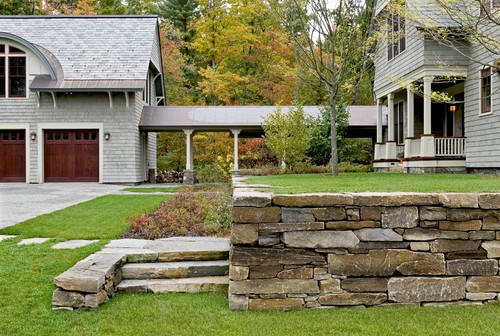
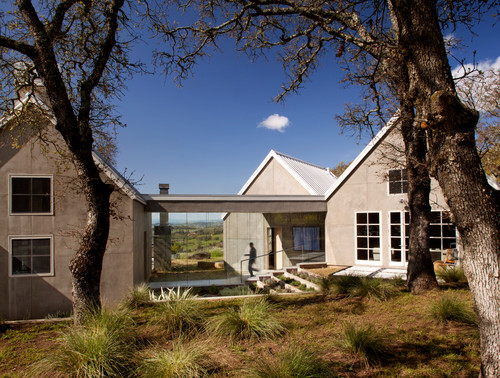
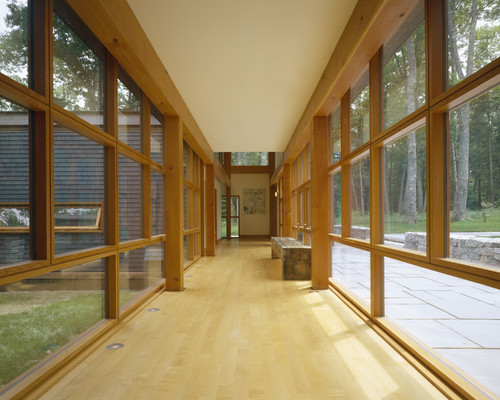
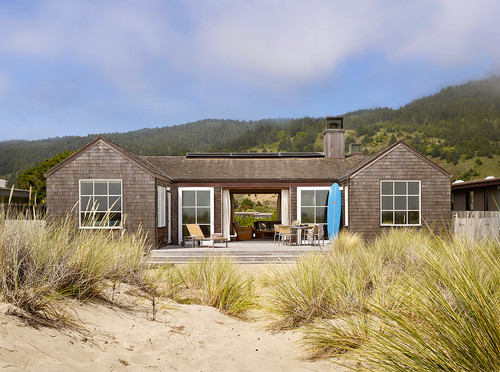
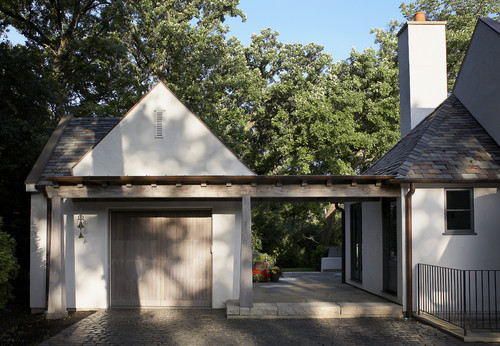




More Stories
Choose a Best Home Which Fits on Your Budget
Protect Your Home by Choosing the Best Roofing Contractors
Design Guide: Creating the Perfect Home Office